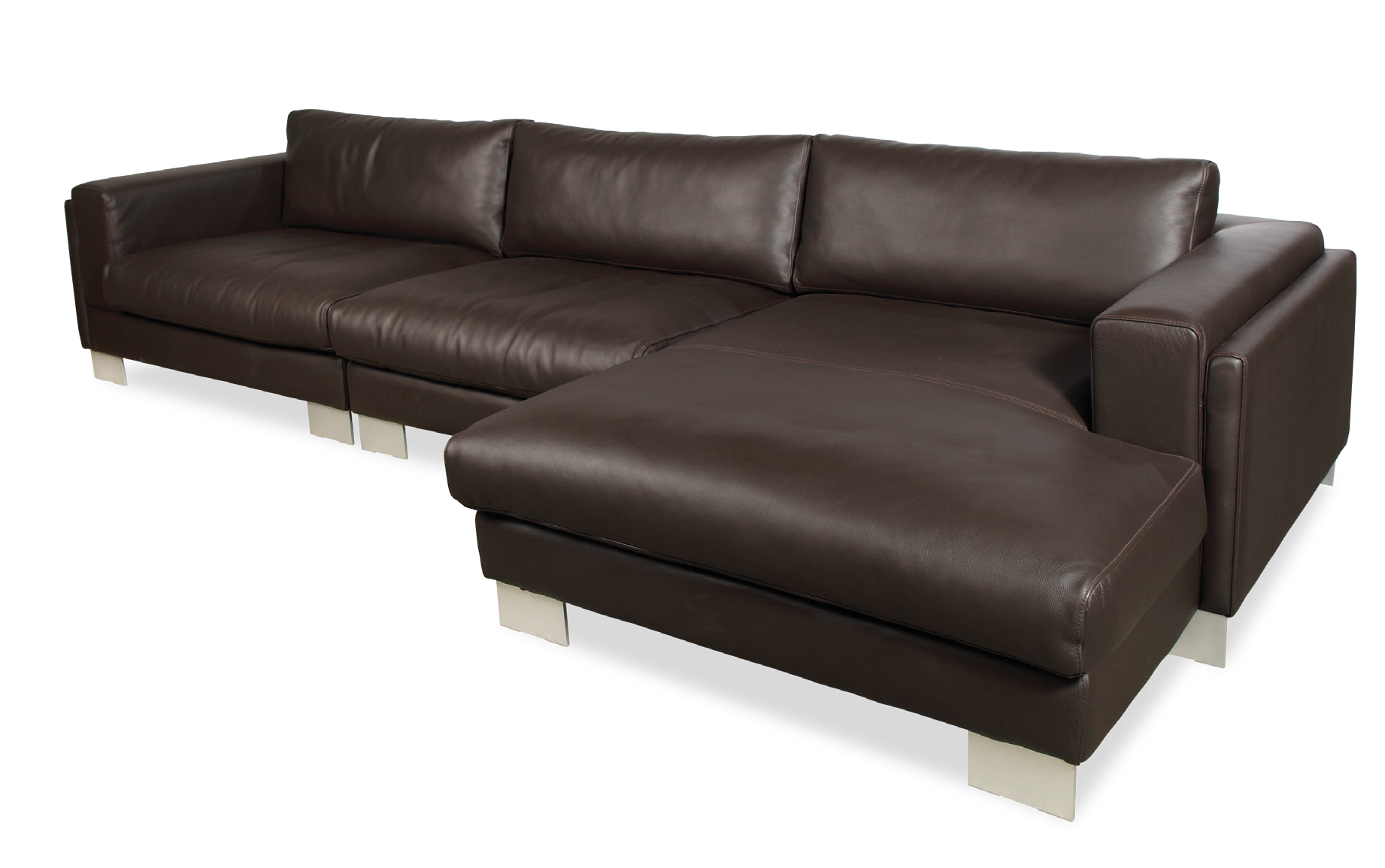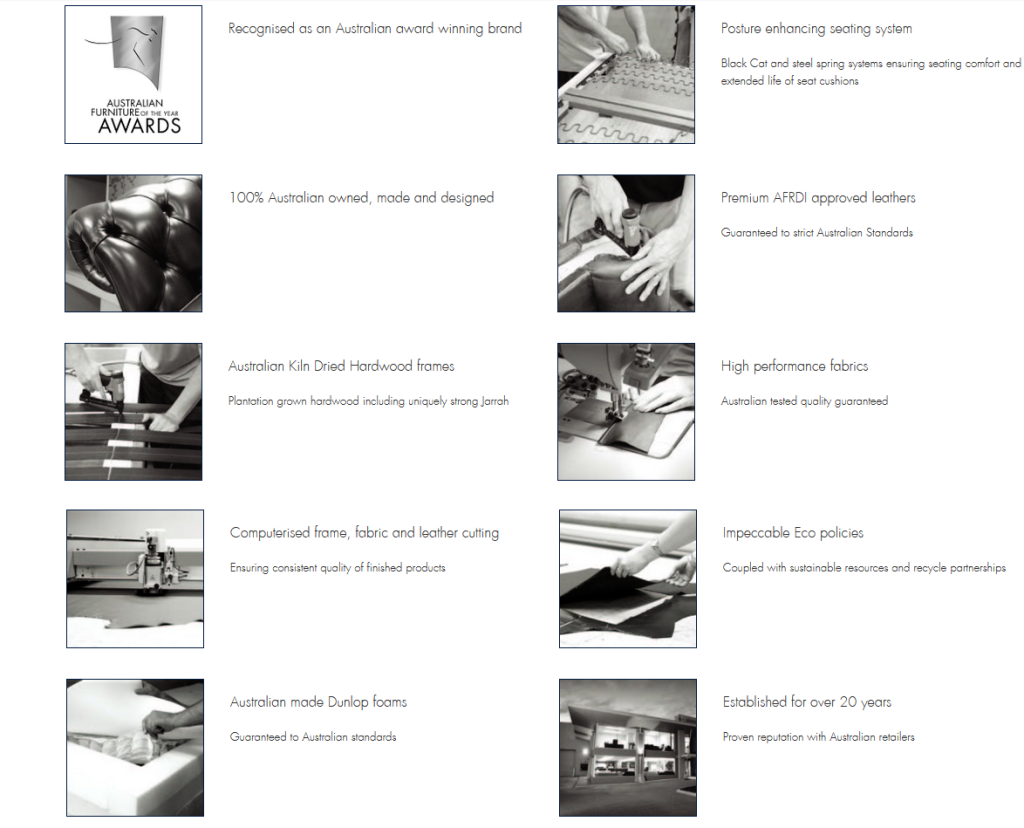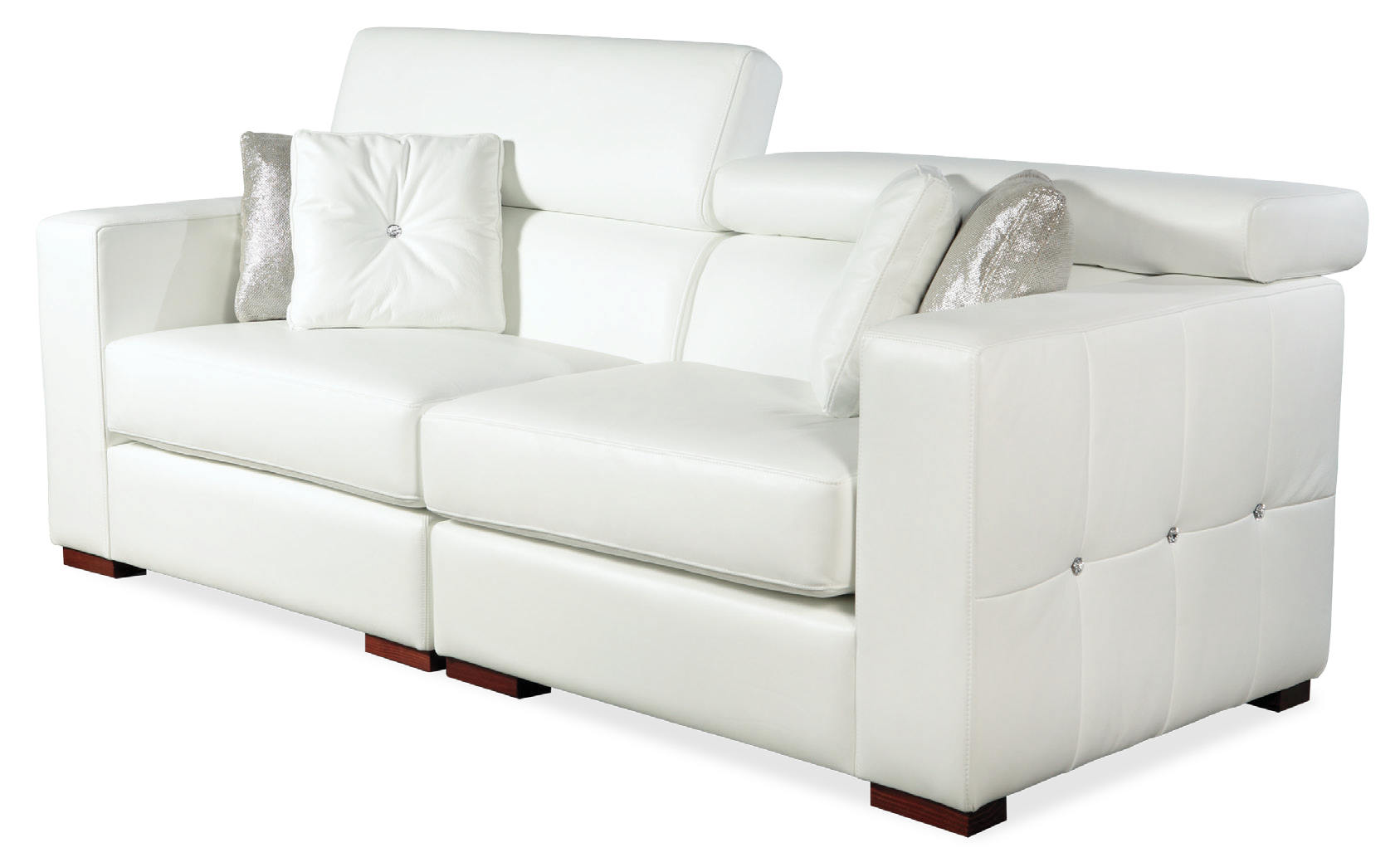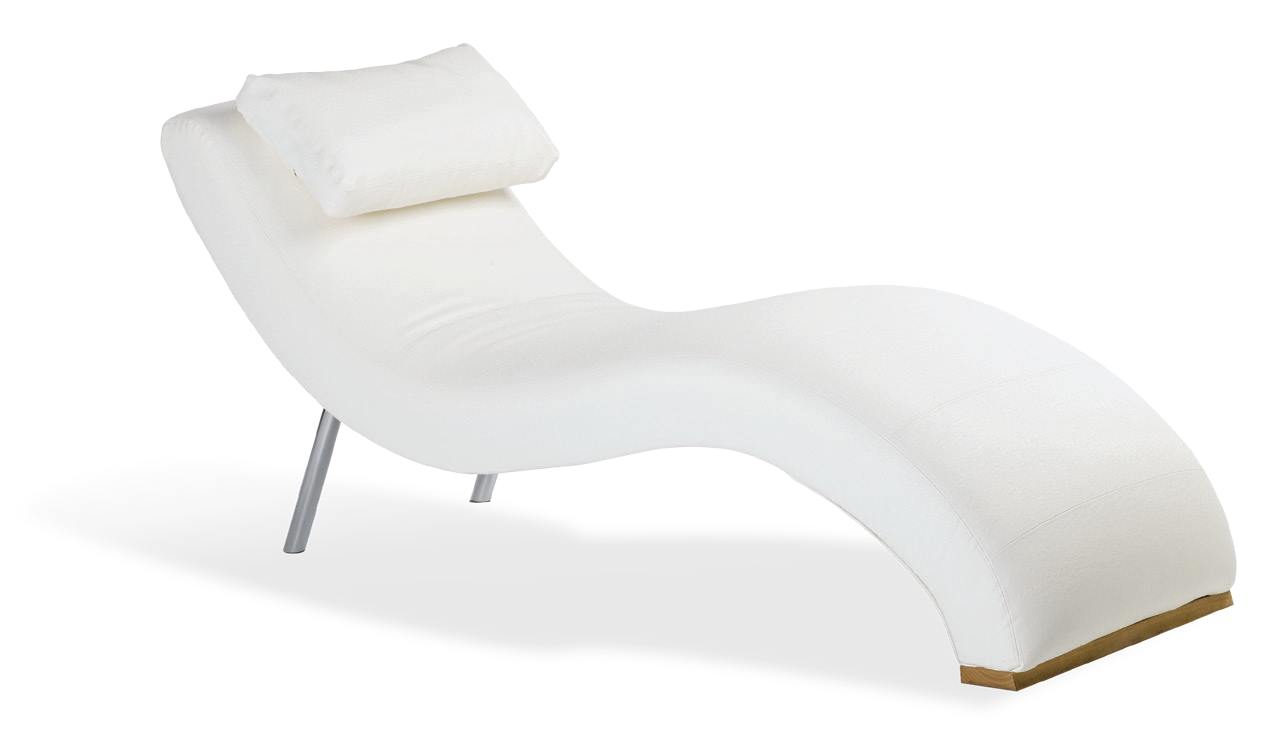A guide to maintaining your furniture
Filling materials will soften and flatten to some extent with use and adopt the body shape of the users. Dependent on the type and extent of use, in time the fabric or leather covers may develop comfort creases. Natural materials such as leather and timber have natural colour and grain variation as part of their character
Padding
During the first three months of use, foam padding tends to soften then should permanently stabilize. The setting may also create slight folds on the covering, which is a completely normal characteristic of the product.
General upholstery fabrics are not guaranteed against wear, shrinkage or colour fading. Don’t let pets curl up on unprotected upholstery covers. Turn loose cushion regularly for equal wear. Fixed cushions should be patted into shape regularly.
Caution!
- Do not jump or throw yourself onto the sofa
- Do not sit on the arms or the back
- Do not move the sofa by pushing it. the correct way to move the sofa is by lifting it .
Preventing Fading
Keep furniture out of direct sunlight. The ultraviolet rays of the sun can fade fabrics.
Pilling
Balling and pilling may occur on any fabric as is a natural result of friction . If it occurs, it may be removed with a safety razor of fuzz-off pilling machine. This simply removes the fluff and in no way affects the quality or the fabric.
Leather Characteristics
Genuine leather contains natural characteristics that unmistakably distinguish it from imitation products individual hides or skins may display small markings such as healed scares, insect bites and growth wrinkles and will often show slight variations in surface colour and grain texture, the prevalence of these characteristics differs for each leather type.
Leather Care Tips
Try to maintain at least 3cm between your furniture and heating sources.
Avoid placing your furniture in direct sunlight. All materials will fade over time when placed in direct sunlight. Aniline leather are especially sensitive to sunlight.
Do not allow your pets onto your leather sofa . Pets have sharp claws which can scratch the leather. Their saliva is also very harmful to leather .Never use harsh chemicals or paint around your leather sofa. Keep materials like fingernail polish, bleach, nail polish remover, glue and house hold cleaners away from your leather.
Dust your leather as you would other items in the room. Lightly dampen a soft cloth with leather soft cleaner and dust weekly you may also use a soft brush attachment on your vacuum cleaner.
All leather last longer and looks better when preventive maintenance is practiced.
As a general rule fully clean your furniture with leather soft cleaner at least every six month to remove dirt as well as the gradual accumulation of body oils and perspiration.
Fabric Care Tips
Spot cleaning
Treat spills and stains as soon as possible. Gently scrape any soil or mop any liquid from the surface of the fabric.
For non oil based stains use warm water and a plain soap (not toilet soaps with optical brighteners). Mix a small amount of soap and warm solution and apply to the stain rubbing gently. Blow dry with a clean towel.
Apply cool distilled water and blot dry again, then with a hair dryer working out from the centre of the stain dry quickly to prevent rings forming.
For oil based stains following the same basic guideline as above apply a proprietary brand solvent based cleaner and try to clean generally in panels rather than spot cleaning specific areas.
Completing the stain removal process. Once residual stains are removed ,deodorise the affected area to remove any lingering odours.




